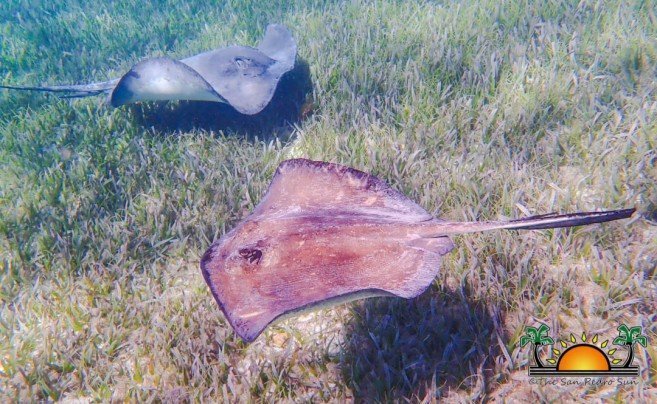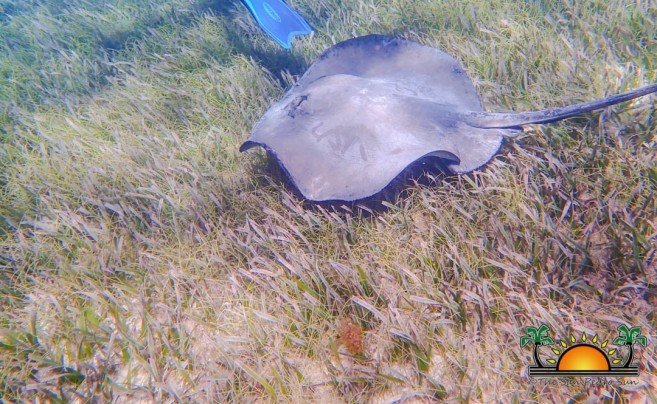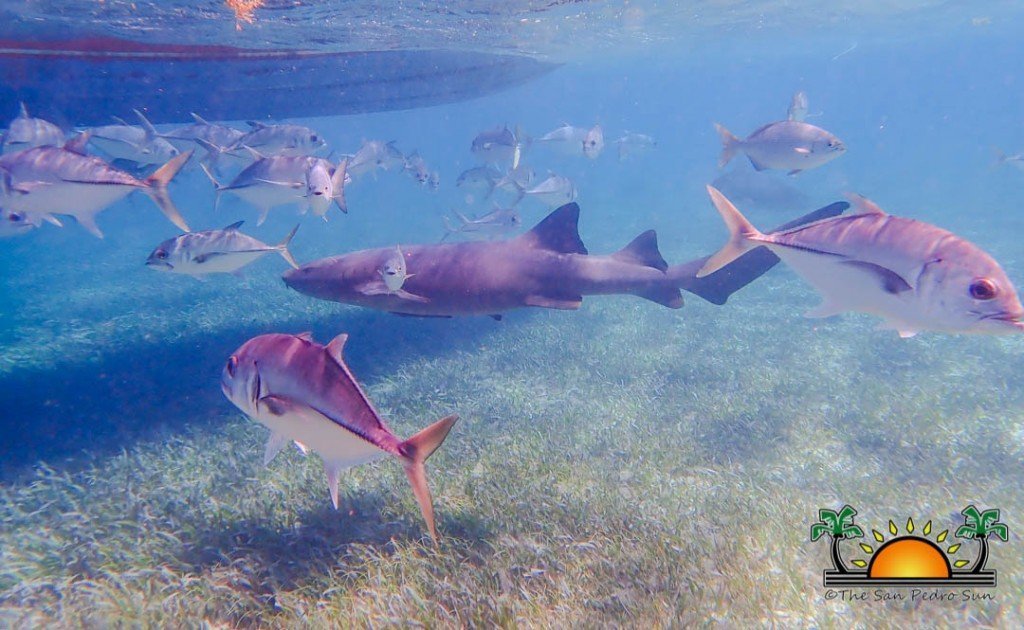The World Wildlife Fund (WWF), along with Project AWARE and The Manta Trust joined together to develop the world’s first Responsible Shark and Ray Tourism: A Guide to Best Practice. Shark and ray tourism is on the rise globally. If current trends continue, the numbers of shark-related tourism could more than double over the next 20 years. The guide, developed in collaboration with science and industry, aims to create well-managed shark and ray tourism operations while conserving species and benefiting local communities.

One in four sharks and ray species is facing an increased threat of extinction due primarily to overfishing. Well managed, responsible shark and ray related ecotourism can be a powerful, complementary conservation strategy. It can also serve as an important supplementary source of income benefiting operators and the local communities alike. The guide, Responsible Shark and Ray Tourism – A Guide to Best Practice, provides a suite of free, practical, downloadable tools that can be used by operators, Non- governmental organizations (NGO’s), local communities and resource managers. Shark and ray tourism generates hundreds of millions of dollars globally each year and is growing substantially. Several businesses around the world provide a variety of activities that allow people to get close to sharks and rays, ranging from boat-based spotting to guide snorkeling, cage viewing experiences, and scuba diving. This guide uses the best available science to help operators create shark and ray tourism that is safe, sustainable, and conservation-minded. It is the first guide to provide practical, science-based information for shark and ray tourism operators who want to offer the best possible experience to their customers while conserving species and habitats and making a positive contribution to local communities. It provides guidance and tools that can be tailored to local circumstances, enabling operators to improve the educational quality, safety, and sustainability of their businesses. It also gives practical information, based on the best available scientific data, to management authorities and others engaging with the industry.

The guide states that everyone can be a best practice operator when dealing with sharks and rays. The best practice is about running a business in a way that’s financially profitable, environmentally sustainable, and socially responsible. For shark and ray tourism operators, this means having a business model that includes: operating profitably and safely and minimizing impacts on target species and their habitats, building a positive relationship with the local community and having a culture of continuous improvement and compliance.
According to the guide, shark and ray tourism can have negative effects on wildlife, ultimately damaging the resource it depends on. Tourism operators have a responsibility to comply with the law, which includes legislation, regulations, and permits. However, this alone may not be enough to prevent negative impacts on sharks, rays, and their habitats. Tourism-related impacts include pollution from vessels, discarded waste and plastics, and physical and chemical damage such as boat strikes, coral breakage, and damage from sunscreen. Changing the natural behavior of the sharks or rays and the species composition at a site, touching or injuring the animals, or altering their habitat can ultimately damage the resources upon which the tourism businesses are based.
As well as minimizing their own impacts, best practice shark and ray tourism operators can go further in proactively supporting conservation of the habitats and species their business depends on. Marine protected areas (MPAs), which limit or restrict activities that affect marine life within a defined area, is one widely adopted conservation tool. Well-designed and actively managed MPAs can benefit biodiversity and increase opportunities for alternative non-extractive industries, including shark and ray-based tourism. For shark and ray operators, ensuring sharks and rays can be seen in their natural habitats is essential: they can make a compelling socio-economic case to encourage authorities to create MPAs. The guide also shares examples such as in South Australia, where tourists are willing to pay up to US$1,500 to cage-dive with white sharks within an MPA established specifically to protect the sharks and their prey, Australian sea lions. In Palau, shark diving within the MPA is popular because the white tip and grey reef sharks are predictable, relatively numerous, and spend most of their lives in the one area. “Making a case for an MPA for sharks and rays requires a good understanding of the environmental, economic, and social benefits, and how they can be quantified and presented. The case needs to show that an MPA provides equal or preferably greater value to the community than alternative uses or the ‘do nothing’ option. This is particularly important in developing countries, where there is a heavy reliance on marine resources for income and food. Combining the social and economic case with the scientific justification for the MPA (conserving biodiversity, threatened species, etc.) is key to providing a convincing argument to regulators and other stakeholder groups,” states the guide.
Another way to ensure sustainable activities with sharks and rays is increasing the number of research projects. The guide encourages tour guides and operators to ask for data from citizen scientists, providing opportunities for divers and snorkelers to contribute to important research. In 2012, dive instructors around the world responded to an online “eManta” survey (www.eOceans.org ) that asked about their observations of manta and mobula rays as part of a global study on the status of the ray populations. There are lots of ways operators can engage and help support scientific research. These include working with scientists to design a research project, shooting video for analysis by scientists, collecting small tissue samples for scientists, giving scientists access to your staff or clients to study the human impacts related to shark and ray tourism and keeping careful logs on feedings/sightings for use by scientists. Also, several studies use various tagging and marking techniques to monitor and map the movement of marine species. Scientists often seek to work with shark and ray operators who can assist in catching, tagging, and releasing the animals. Tagging can provide vital information such as on the amount of time individual animals spend at the sites where they are viewed – and possibly protected – versus other areas.
Here on Ambergris Caye, thousands of tourist travel to the island to experience swimming with the nurse sharks and southern stingrays at the Shark Ray Alley located at Hol Chan Marine Reserve. “The management guide provides essential and updated information on how to deal with these species and how to protect them. As someone who financially depends on them for a living, it is important for us to safeguard these species,” said one tour guide of Ambergris Caye.
WWF is one of the largest and experienced independent conservation organizations, with over 5 million supporters and a global network active in more than 100 countries. WWF’s mission is to stop the degradation of the planet’s natural environment and to build a future in which humans live in harmony with nature, by conserving the world’s biological diversity, ensuring that the use of renewable energy is sustainable, promoting the reduction of and wasteful consumption. For more information about the Responsible Shark & Ray Tourism: A Guide to Best Practice, you can visit their website at http://wwf.panda.org/.


